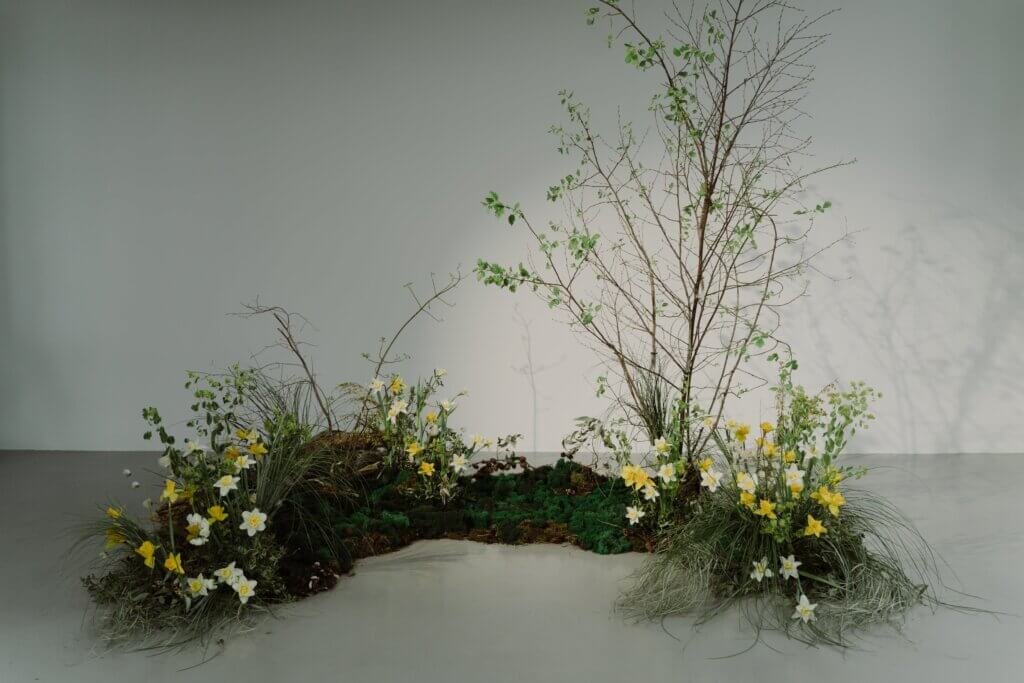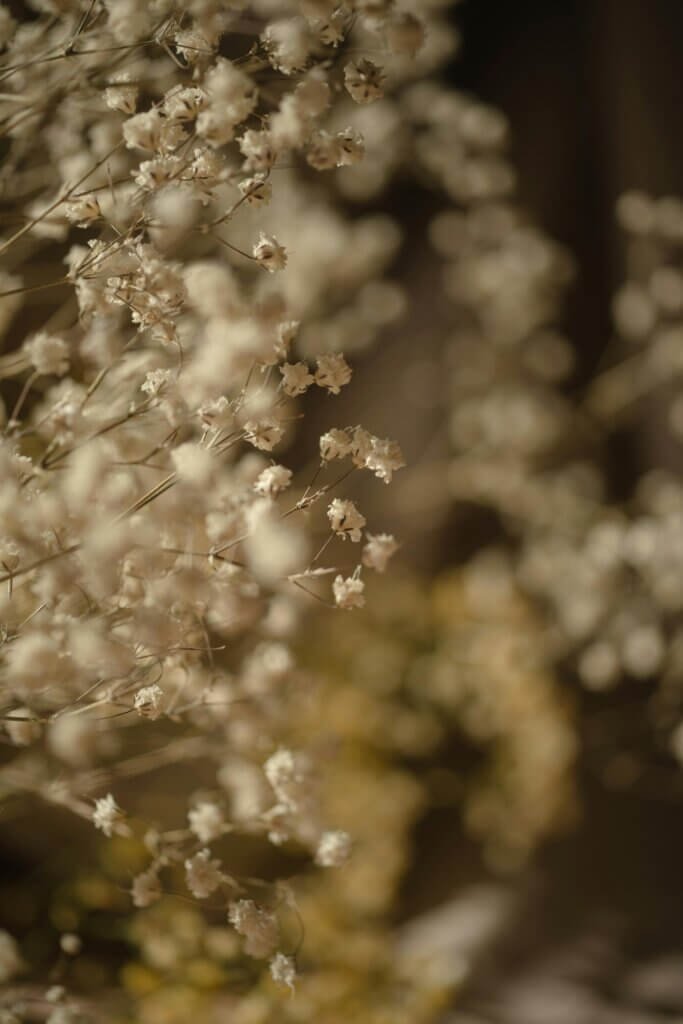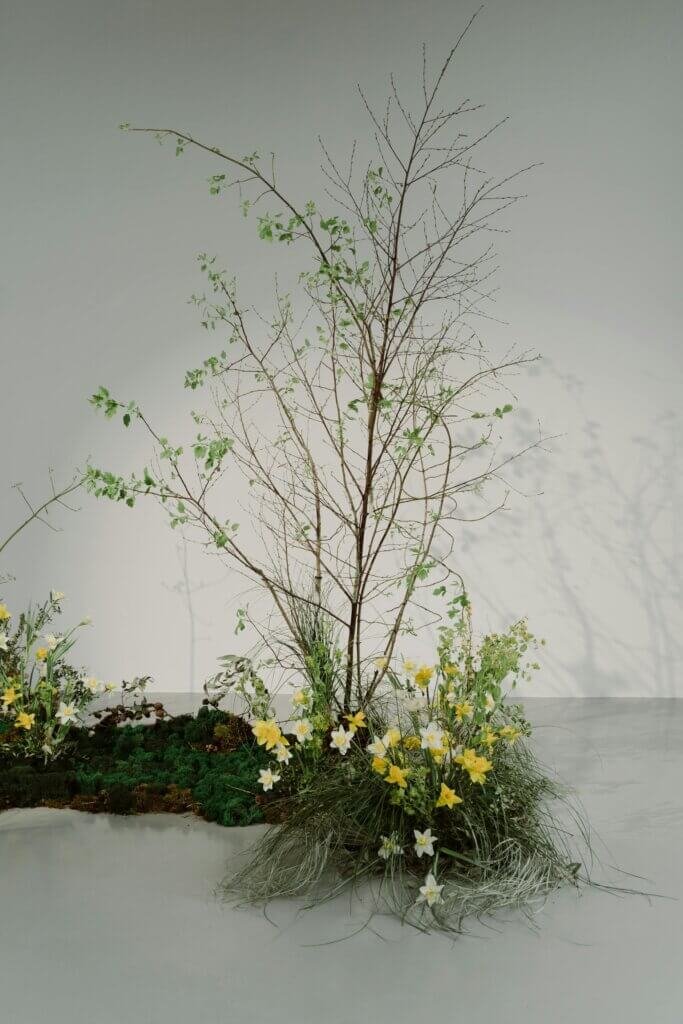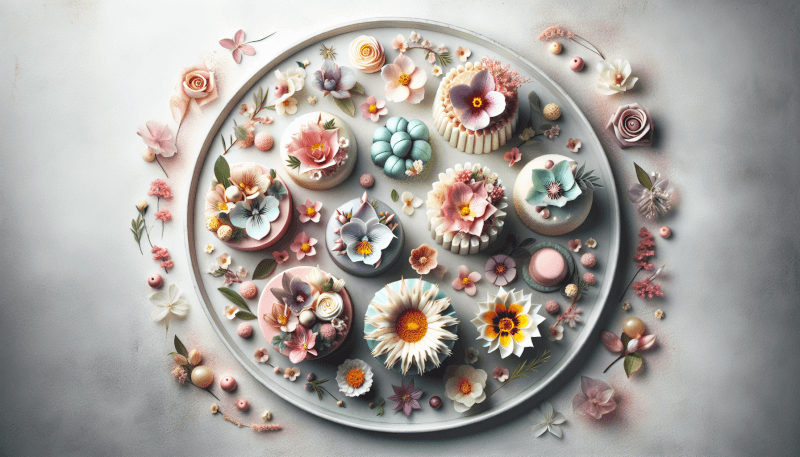Ever wondered how to elevate your dessert game and impress your guests with a stunning presentation? Look no further than incorporating edible flowers into your sweet creations. Not only do they add a visually appealing touch, but they also bring unique flavors and aromas to your desserts. In this article, you will discover simple yet delightful ways to make desserts with edible flowers, transforming ordinary treats into works of art that are sure to wow. So get ready to indulge your taste buds and create visually enchanting desserts that will leave everyone wanting more.

1. Choosing Edible Flowers
1.1 Which flowers are edible?
When it comes to choosing edible flowers for your desserts, it’s essential to have a thorough understanding of which flowers are safe and delicious to consume. Some commonly used edible flowers include roses, lavender, violets, marigolds, pansies, and hibiscus. However, it’s important to note that not all flowers are safe to eat, so it’s crucial to do your research or consult a reliable resource before incorporating any flowers into your desserts.
1.2 Buying edible flowers
If you don’t have the time or resources to grow your own edible flowers, you can easily find them at local farmers’ markets, specialty grocery stores, or even online. When purchasing edible flowers, make sure they are labeled as food-grade or suited for culinary purposes. It’s also advisable to buy organic flowers to avoid pesticides or other harmful chemicals that may have been used in growing them.
1.3 Growing your own edible flowers
Growing your own edible flowers can be a rewarding and cost-effective way to ensure a fresh and abundant supply. Many edible flowers are relatively easy to cultivate, even for beginners. Some popular edible flowers that are easy to grow include nasturtiums, pansies, and marigolds. Make sure to choose a sunny spot in your garden or use containers on your balcony if you have limited space. Remember to use organic soil and provide adequate water and sunlight for your plants to thrive.
2. Preparing Edible Flowers
2.1 Cleaning the flowers
Before using edible flowers in your desserts, it’s essential to clean them properly to remove any dirt, insects, or pesticides. Gently rinse the flowers under cool running water and pat them dry with a clean towel or paper towel. Be careful not to wash them too vigorously, as delicate petals can easily get damaged.
2.2 Removing the petals
In most cases, you’ll only want to use the petals of edible flowers while discarding the rest. Gently pluck the petals, being careful not to include any green parts or the flower’s base, as they can sometimes have a bitter taste. Remove any stems or sepals attached to the petals and set them aside for further use.
2.3 Storing edible flowers
To prolong the freshness of your edible flowers, it’s crucial to store them properly. Place the petals in an airtight container lined with a paper towel to absorb any excess moisture. Keep the container in the refrigerator, and the petals should stay fresh for up to a week. However, it’s best to use them as soon as possible to retain their vibrant colors and delicate flavors.

3. Incorporating Edible Flowers in Desserts
3.1 Infused syrups and liquids
One of the simplest and most versatile ways to incorporate edible flowers into your desserts is by infusing their flavors into syrups or liquids. Start by simmering a mixture of water, sugar, and the petals of your chosen edible flowers until the sugar dissolves and the mixture becomes syrupy. Let it cool and strain out the petals. Use these floral-infused syrups to drizzle over cakes, pancakes, or even mix them into cocktails for a delightful floral twist.
3.2 Floral extracts and essences
Another way to extract the flavors of edible flowers is by making floral extracts or essences. You can achieve this by steeping the flower petals in a high-proof liquor, such as vodka or rum, for a few weeks. The alcohol acts as a solvent, extracting the aromatic compounds from the petals. Once the infusion is complete, strain the liquid and use it sparingly in your desserts for a subtle floral essence.
3.3 Flower-infused sugars
Flower-infused sugars are a sweet and fragrant addition to any dessert. To make them, simply combine granulated sugar with dried edible flowers, such as lavender or rose petals, in an airtight container. Allow the mixture to infuse for a week or two to impart the flavors and aromas of the flowers into the sugar. Use these floral sugars to sprinkle over cookies, fruit salads, or even rim the glasses of your cocktails.
3.4 Flower-infused creams and custards
Adding floral flavors to creams and custards can elevate your desserts to new heights. Start by heating heavy cream or milk and steeping edible flowers, such as chamomile or lavender, in the liquid. Let the mixture cool, then strain out the petals. Use this floral-infused cream or milk to make custards, puddings, or even plain whipped cream for a sophisticated twist.
3.5 Candied flowers
Candying edible flowers is a delightful way to preserve their beauty while adding a touch of sweetness to your desserts. To make candied flowers, brush each petal with lightly beaten egg whites, sprinkle them with superfine sugar, and let them dry on a wire rack. The sugar coating will harden, creating a sweet, crunchy bite. These candied flowers can be used as a decorative element on cakes, cupcakes, or even as a stand-alone treat.
3.6 Flower garnishes
Finally, don’t forget about the visual appeal of edible flowers as a simple yet stunning garnish for your desserts. Whether it’s a single petal delicately placed on top of a cupcake or a small posy of flowers arranged on a cake, adding edible flowers as a garnish can instantly transform a simple dessert into a work of art. Play with different colors, shapes, and sizes to create eye-catching and Instagram-worthy desserts.
4. Recipes for Desserts with Edible Flowers
4.1 Rose Petal Macarons
Combine the delicate flavors of rose petals with the elegance of macarons for a truly indulgent treat. Mix ground almonds, powdered sugar, and rose petal powder to create the macaron shells. Fill them with a rose-flavored buttercream or ganache. Sprinkle some dried rose petals on top for a beautiful finish.
4.2 Lavender Lemon Bars
Bright and refreshing, lavender lemon bars are the perfect balance of tangy and floral. Make a buttery shortbread crust and top it with a luscious lemon and lavender filling. The floral notes of lavender complement the citrusy flavor, creating a delightful combination that’s both aromatic and delicious.
4.3 Violet Panna Cotta
Panna cotta, a creamy Italian dessert, becomes even more enchanting when infused with the delicate flavor of violets. Make a traditional panna cotta with heavy cream, sugar, and gelatin, and infuse it with violet syrup or essence. The result is a velvety dessert with a subtle floral aroma that will impress your guests.
4.4 Hibiscus Cupcakes
Hibiscus flowers lend their vibrant color and tart flavor to these delightful cupcakes. Add hibiscus tea or dried hibiscus petals to the batter for a rosy hue and a tangy hint. Top the cupcakes with a light and fluffy hibiscus buttercream, and garnish with a few edible hibiscus petals for an elegant finish.
4.5 Chamomile Cheesecake with Mango Sauce
A chamomile-infused cheesecake paired with a luscious mango sauce is a match made in dessert heaven. Add dried chamomile flowers or chamomile tea bags to the cheesecake batter, and bake it until perfectly creamy. Serve with a vibrant mango sauce on the side, and decorate with a sprinkle of chamomile petals.

5. Serving and Presenting Desserts with Edible Flowers
5.1 Plating techniques
When it comes to serving desserts with edible flowers, plating techniques can make all the difference. Play with different shapes and sizes of plates, and consider using a combination of edible flowers, fresh fruits, sauces, and other decorative elements to create visually appealing presentations. Remember, a well-plated dessert not only tastes good but also looks inviting and tempting.
5.2 Edible flower arrangements
For a more elaborate presentation, consider creating edible flower arrangements as centerpieces for your dessert table. Use a variety of flowers in different colors to create a stunning display. Arrange them in vases, bowls, or even floating in water for a mesmerizing visual effect. Just make sure to inform your guests which flowers are edible and which ones should be admired from afar.
5.3 Dessert presentation tips
To enhance the presentation of your desserts with edible flowers, pay attention to the small details. Use edible flower petals to delicately adorn the edges of plates or add a sprinkle of petals on top of whipped cream or frosting. Experiment with edible flowers in ice cube trays to create beautiful frozen accouterments for your chilled desserts. Let your creativity blossom!
6. Safety Considerations and Precautions
6.1 Identifying poisonous flowers
While there are many beautiful flowers that are safe to eat, it’s important to be aware of any potential risks. Some flowers can be toxic or harmful if consumed. Always double-check the identification of a flower before using it in your desserts. If you’re uncertain, err on the side of caution and avoid using it altogether.
6.2 Allergies and sensitivities
Edible flowers may cause allergic reactions in some individuals. If you or your guests have known allergies or sensitivities to certain plants or flowers, it’s best to avoid using them. Always inform your guests of the presence of edible flowers in your desserts, so they can make an informed decision about consuming them.
6.3 Proper handling and washing
To ensure food safety, it’s crucial to handle and wash edible flowers properly. Store-bought flowers should be washed thoroughly to remove any dirt or chemical residues before use. Additionally, if you’re growing your own flowers, practice good hygiene by avoiding the use of pesticides or other harmful chemicals.
6.4 Quantity and moderation
Like any ingredient, it’s important to use edible flowers in moderation. While they add beauty and flavor to desserts, their flavors can be quite potent. Start by incorporating a small amount and gradually increase if desired. Remember, a little goes a long way, and you want the flavors of the flowers to enhance your desserts without overwhelming them.
In conclusion, incorporating edible flowers into your desserts can add a touch of elegance, beauty, and unique flavors. By choosing the right flowers, mastering the art of preparation, and exploring various recipes and presentation techniques, you can create stunning desserts that not only taste amazing but also captivate the senses. Just remember to prioritize safety, experiment with caution, and let your creativity bloom as you embark on your edible flower dessert-making journey.



